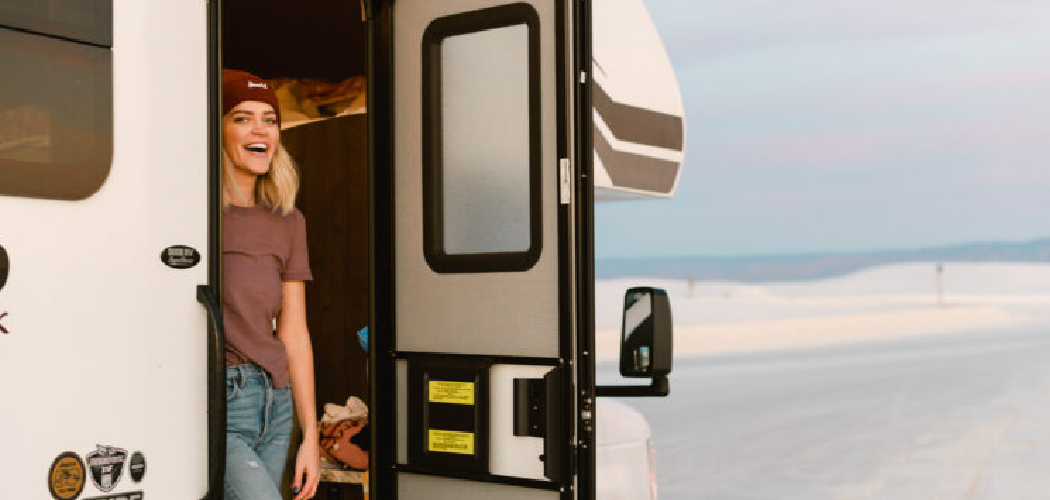Knowing how to lock camper door from inside is vital for ensuring personal safety and privacy while on the road or at a campsite. Whether you’re enjoying a quiet night in your camper or parked in a bustling campground, feeling secure is an essential part of the recreational vehicle (RV) experience. Fortunately, locking a camper door from the inside is a straightforward task when you understand the mechanism and follow a few simple steps.
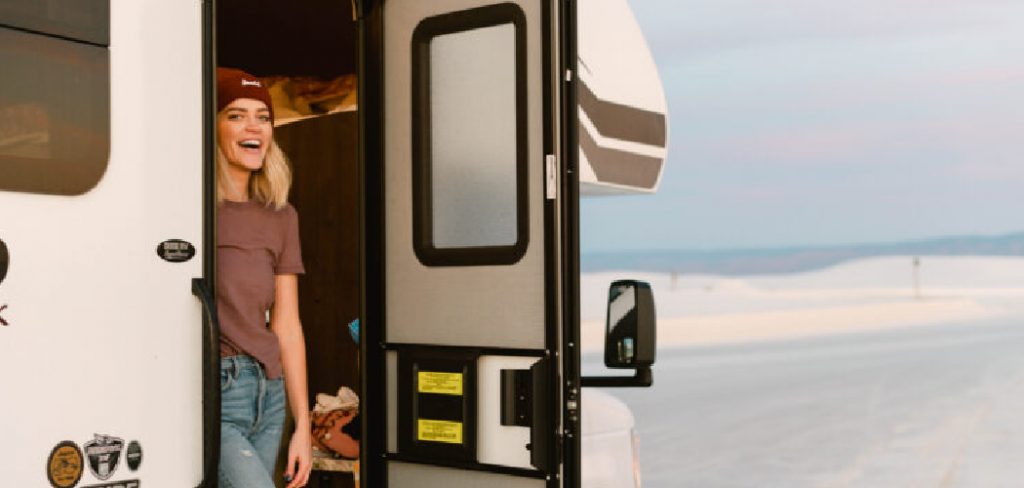
Most camper doors are equipped with a built-in locking mechanism that can be easily operated from the inside. Typically, this involves either a manual lever, a push-button system, or a turn knob located near the door handle. To lock the door, ensure it is fully closed and then engage the locking mechanism according to its design. Always double-check that the door is securely locked by attempting to slightly open it from the inside before settling in for the night.
This guide is designed with both beginners and seasoned RV enthusiasts in mind. It will help you familiarize yourself with locking mechanisms, troubleshoot potential issues, and ensure peace of mind. With heightened awareness and a little practice, you’ll feel confident about safeguarding your camper and your personal space.
Why Is Locking a Camper Door from Inside Important?
Locking your camper door from inside is about more than just feeling secure—it plays a crucial role in enhancing safety and convenience during your travels. Most campers are parked in unfamiliar areas, whether at campgrounds, RV parks, or wilderness locations, so securing the door helps protect you and your belongings from intrusions.
Campers are compact spaces, and simple locks provide an added layer of assurance, particularly during nighttime or when leaving valuables inside. Properly engaging your lock makes it possible to relax and truly enjoy your adventure, knowing your door is securely fastened.
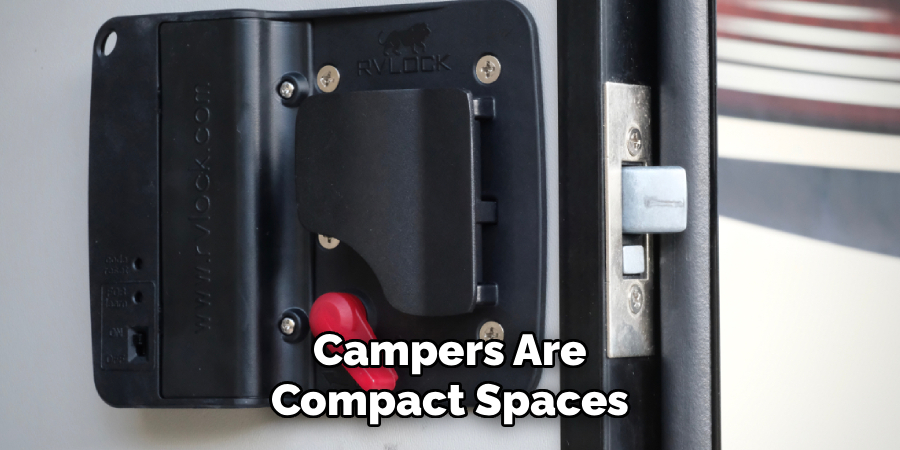
Additionally, knowing how to lock your camper door from the inside ensures your family’s safety, especially for parents traveling with children. It can prevent accidental exits and ensure everyone stays safe inside. Understanding the locking mechanism also helps you identify and address potential issues early, such as faulty latches or an improperly aligned door. Ultimately, it’s a straightforward habit with immense benefits for your peace of mind.
Step-by-Step Guide: How to Lock Camper Door from Inside
Step 1: Locate the Locking Mechanism
The first step in locking your camper door from the inside is identifying the locking mechanism. Most camper doors come equipped with a standard lever latch or knob that is easy to spot. Look for a privacy lock or latch near the handle, as this is the most common internal locking feature.
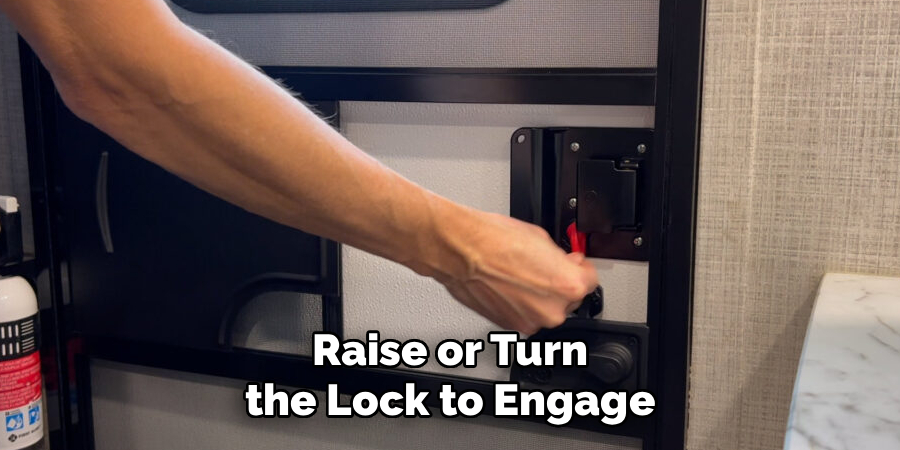
Raise or turn the lock to engage it, making sure the mechanism moves smoothly. Familiarize yourself with its location and operation before you need it in a hurry. Understanding where the locking system is and how it functions will make the process of securing your camper quicker and more efficient.
Step 2: Test the Lock for Proper Functionality
Before officially relying on your door lock for security, it’s important to ensure it works as intended. Engage the internal locking system multiple times and observe how smoothly the latch moves into place. Listen for a satisfying “click,” which indicates that the lock has closed securely.
If the lock feels stiff, lubricate the mechanism with a cam-safe product to improve operation. A functional lock is essential for providing reliable camper security, so taking time to test it helps ascertain that your door can provide the necessary level of protection.
Step 3: Align the Door and Latch
Sometimes, a camper door may not close completely flush, which can interfere with the locking process. Examine the door alignment and ensure that the latch meets the strike plate properly when shut. If the door is misaligned, gently adjust it to fit securely in place before engaging the lock.
Proper alignment ensures the lock and latch mechanism work together seamlessly. Additionally, it reduces wear and tear that might occur from repeated use of a misaligned lock. Maintaining proper alignment is a preventive measure that extends the lifespan of your camper’s locking system.
Step 4: Engage the Privacy Lock
Once the door is closed and aligned, activate the privacy lock. For lever-style latches, simply raise or flick the lever into the locking position. For knob-lock mechanisms, turn the knob in the indicated direction to secure it. Verify that the latch fully extends into the strike plate.
This step confirms that the door is completely secured from the inside. A robust privacy lock provides peace of mind, ensuring that no one can enter the camper while you’re inside. Engaging this mechanism is a quick and effective habit that keeps your space protected.
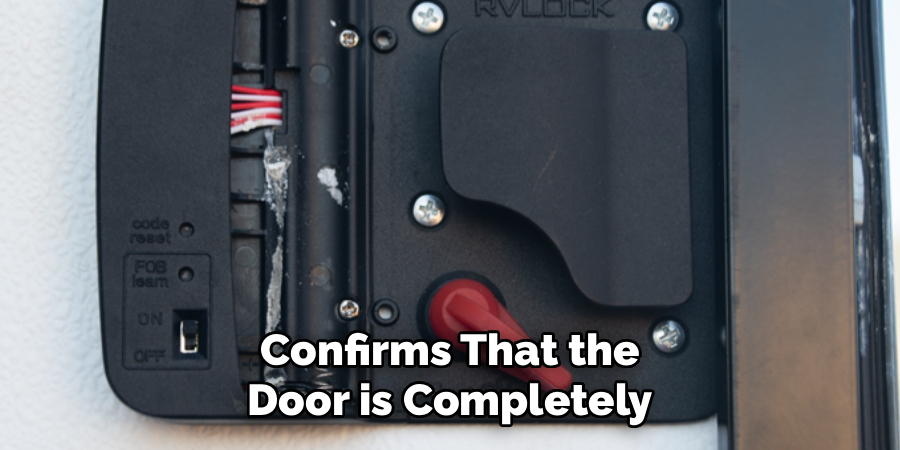
Step 5: Confirm the Lock is Secure
After you’ve engaged the lock, take an extra moment to confirm that it is secure. Lightly push or pull on the door to check whether the latch holds firm. If there’s noticeable movement or the lock disengages easily, inspect it for potential wear or damage.
A secure lock should feel solid and dependable. This confirmation step ensures that you’ve fastened the door properly, preventing surprises that might compromise the safety of your camper. Once satisfied that the door is holding steady, you can relax knowing the lock is functional.
Step 6: Use Additional Security for Reinforcement
For added security, consider using secondary locking tools along with the door’s internal mechanism. Options like portable door locks or bar braces placed against the door can provide an extra layer of protection. These tools are especially useful for campers in high-traffic areas or when additional safety is warranted.
Supplementing your camper’s built-in lock with these extra measures provides comprehensive security. This approach ensures a higher level of camper safety and peace of mind, particularly in unfamiliar or remote locations.
Step 7: Educate Other Campers About the Lock
If you’re traveling with family or friends, it’s important to educate them on how to lock the camper door from the inside. Show them where the lock is located, how to engage it, and how to test its functionality. Clear communication ensures everyone knows how to use the lock correctly.
This step minimizes accidents or confusion, particularly in emergency situations. Making the locking process a shared responsibility also reinforces the habit of securing the camper—even during quick stops. An informed group enhances overall camper security and readiness.
Step 8: Install a Backup Locking System if Needed
For older campers or those with worn-down mechanisms, installing a backup locking system may be necessary. Sliding bolts or latch guards provide additional reinforcement to the primary lock. Ensure the backup system is easy to use and positioned within reach for convenient access.
This upgrade improves protection by addressing potential vulnerabilities in the original locking mechanism. A thoughtfully installed backup lock ensures that you’re prepared for unforeseen circumstances, providing an added layer of security.
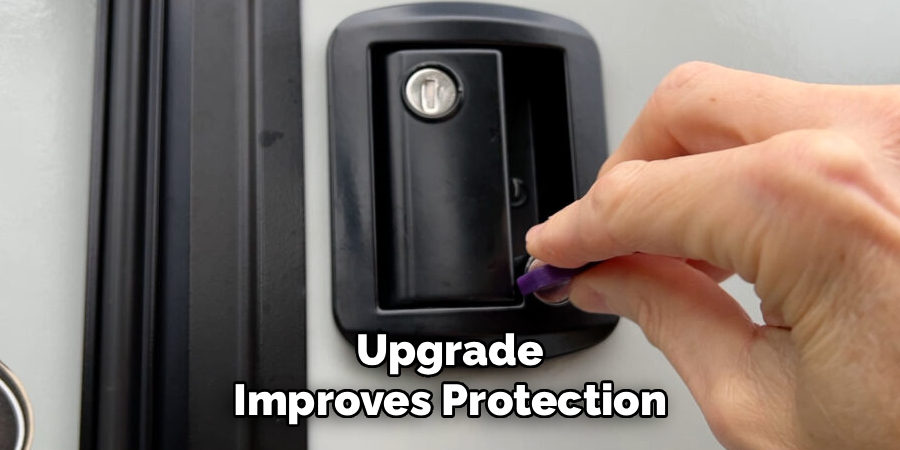
Step 9: Perform Routine Lock Maintenance
Maintaining your camper’s lock is essential for keeping it in top condition. Clean and lubricate the lock regularly to prevent jamming or sticking. Inspect for signs of wear, like rust or difficulty moving the latch, and take immediate corrective action to prevent worsening damage.
Routine maintenance ensures the lock functions reliably over time, reducing the risk of unexpected failures. With consistent upkeep, your camper door lock will remain a dependable feature of your travels.
Common Lock Problems
Even with regular maintenance, locks may occasionally encounter issues. One common problem is difficulty turning the key or inserting it into the lock, which could indicate dirt, debris, or a lack of lubrication inside the lock mechanism. Another frequent issue is a misaligned latch, often caused by loose screws or structural shifts in the door frame, making it hard to lock or unlock properly.
Frozen locks can be a problem during colder months, as moisture inside the lock may freeze and restrict movement. Lastly, worn-out keys or internal components may lead to the lock not functioning as intended, requiring repair or replacement. Promptly addressing these issues helps ensure your camper door lock remains functional and secure.
Frequently Asked Questions
How do I know if my camper door lock is working properly?
Test your lock by closing the door and engaging the internal locking mechanism. Pull gently on the door to confirm that the latch remains secure. If there’s any looseness or difficulty, inspect for alignment issues or wear.
What should I do if the camper lock feels stiff or jams?
Apply a silicone-based lubricant to the locking mechanism and work it back and forth gently. Avoid forcing the lock, as this can damage the internal components. If stiffness persists, consider consulting a professional to assess the issue.
Can I replace a faulty camper door lock myself?
Yes, replacing a camper door lock is generally straightforward with basic tools. Choose a replacement lock compatible with your door model, follow manufacturer instructions, and verify functionality after installation.
Are secondary security measures necessary for camper doors?
While camper locks provide standard security, secondary measures like portable locks or braces enhance safety in high-risk areas. These reinforcements are particularly useful when camping in remote or crowded locations.
How often should I maintain my camper door lock?
Regular maintenance, such as cleaning and lubrication, should be performed every few months or as needed. Inspect the lock for visible wear and address any minor issues promptly to ensure long-term reliability.
Conclusion
Mastering how to lock camper door from inside is an essential part of ensuring safety, privacy, and peace of mind during your travels. By following simple yet effective steps like testing functionality, securing the latch, and maintaining your lock, you create a more secure environment for yourself and your companions.
Additionally, consider keeping a spare key in a secure and easily accessible location outside of your camper. This precaution can save time and frustration in case of an accidental lockout. It is also helpful to acquaint yourself with alternative methods of entry for emergencies, ensuring you stay prepared for any unexpected situations while on the road.
Whether you’re parked in a serene forest or a bustling campground, locking your camper door properly reinforces your sense of safety and comfort. Start practicing these steps today, and enjoy worry-free adventures knowing your camper is fully secured!

